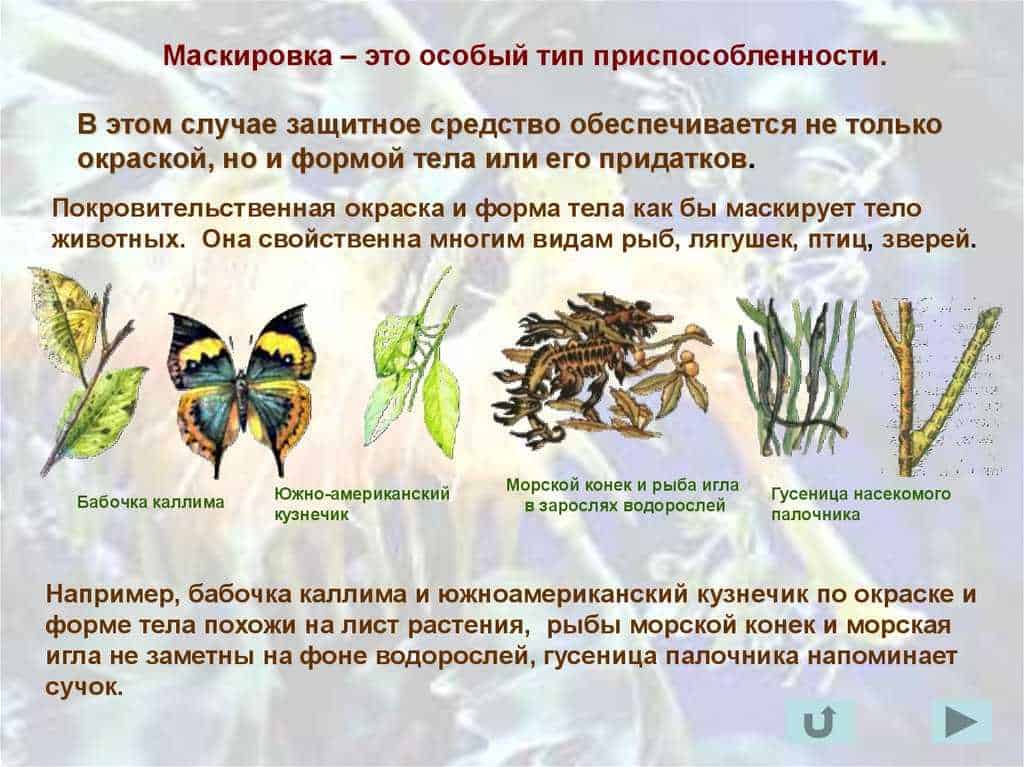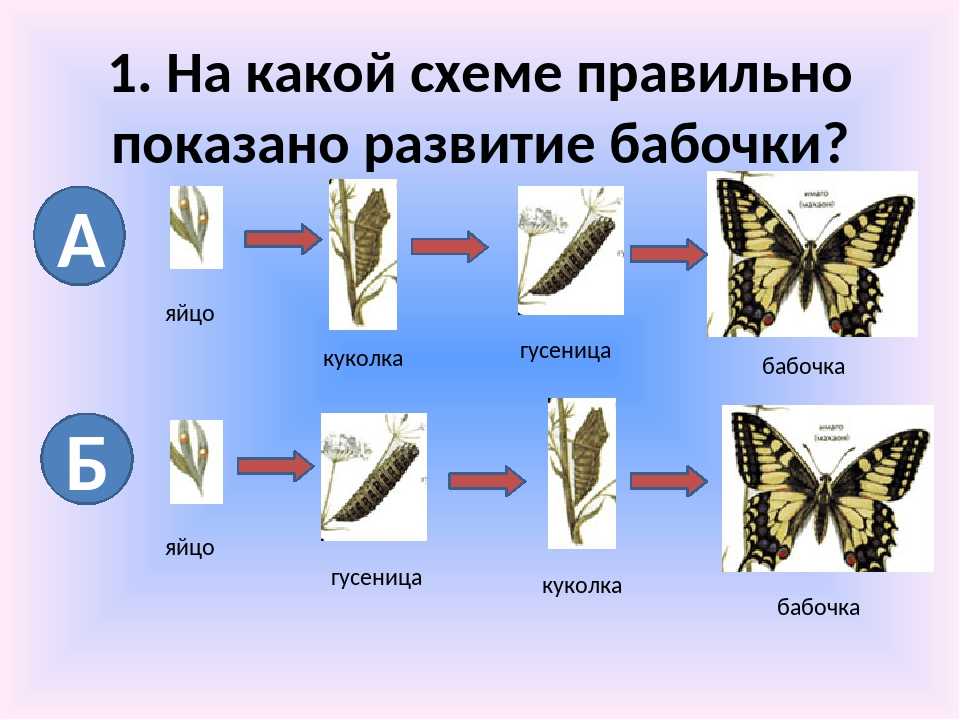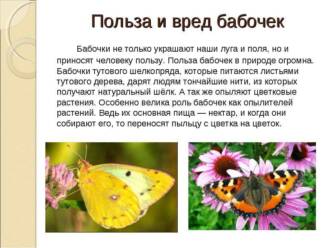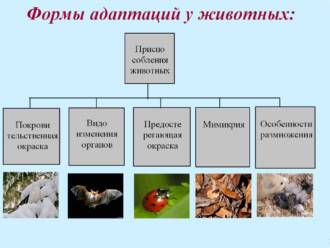
Butterflies are one of the most beautiful creatures of nature. Their plumage is striking in its variety of colors and patterns, attracting attention and bewitching. But behind this bright beauty lies not only an aesthetic function. The plumage of butterflies plays an important role in their survival and reproduction.
The colors and patterns on butterfly wings serve several functions. Firstly, they help the butterfly hide from predators and protect itself. Many butterfly species mimic their environment to become invisible to their enemies. For example, butterflies with wings that resemble leaves or tree bark can disappear among greenery and avoid danger.
Secondly, the colors and patterns on the wings of butterflies play an important role in their sexual selection. They help attract your partner's attention and show your genetic attractiveness. Some butterfly species have bright, rich colors that signal their health and ability to reproduce. Such beautiful butterflies become an object of desire and choice for a sexual partner.
In general, the variety of colors and patterns in the plumage of butterflies is the result of an evolutionary process and adaptation to the environment. They help butterflies survive and reproduce, while at the same time creating magnificent and amazing sights for us humans.
The meaning of color in the plumage of butterflies
Color in the plumage of butterflies is an important adaptive trait that helps them survive and reproduce. It performs a number of functions in their life cycle and interaction with the environment.
Protection from predators. One of the main roles of color in the plumage of butterflies is its protective function. Many species of butterflies have bright and rich plumage, which serves as a danger signal to predators. The bright color can warn that the butterfly has poison or toxicity, which can deter potential enemies.
cryptic coloration. Some butterfly species have plumage with color patterns and shades that allow them to blend into their surroundings. This cryptic coloration allows butterflies to effectively camouflage and hide from predators. They can imitate the color of leaves, flowers or tree bark, which provides them with additional protection.
Attracting partners. The color in the plumage of butterflies also plays an important role in their reproduction. In many species of butterflies, males have bright and attractive plumage, which serves to attract females. Bright colors such as bright red, orange or blue can be a signal of the male's fitness and genetic quality, making him more attractive to females.
In general, color in the plumage of butterflies is an important adaptive trait that helps them survive and reproduce. It serves various functions in their life cycle, providing protection from predators, effective camouflage and attracting mates.
Evolutionary benefits of color diversity
Color diversity in the plumage of butterflies is the result of a long process of evolution and plays an important role in their survival and reproduction. Each species of butterfly has its own unique color patterns that help them adapt to their environment.
Protection against predators: One of the main benefits of a variety of colors in the plumage is protection from predators. Some species of butterflies have bright and highly contrasting colors, which serve as a signal to predators that they are poisonous or unsuitable as food. For example, butterflies with bright red or orange plumage may contain toxic substances that deter predators.
Attracting partners: The colorful and vibrant colors in the plumage of butterflies also play an important role in attracting breeding partners. Males often have brighter, richer colors than females to attract the attention of females and demonstrate their strength and health. This helps increase the chances of successful reproduction and transmission of genetic information to descendants.
Disguise and camouflage: At the same time, some species of butterflies have color patterns that help them camouflage and blend in with their surroundings. This allows them to avoid detection by predators and increases their chances of survival. For example, butterflies with plumage that mimics leaves or tree bark can be virtually invisible to predators.
Improvement of microclimate: The variety of colors in the plumage of butterflies may also help them improve their microclimate and maintain optimal body temperature. Some colors are able to absorb more or less solar radiation, which allows butterflies to regulate their body temperature. This is especially important in cold or hot conditions where maintaining an optimal temperature can be vital to survival.
Camouflage and protection from predators

The variety of colors and patterns in the plumage of butterflies plays an important role in protecting them from predators. Thanks to their color, butterflies can disappear against the background of the environment and become indistinguishable to enemies. This is especially important in situations where butterflies are in danger and need to hide or take cover.
One of the camouflage methods is mimicry. Some species of butterflies have plumage similar to leaves or tree bark. This allows them to blend into their environment and not attract the attention of predators. Butterflies can also imitate other dangerous animals to scare off their enemies.
However, not all butterflies use camouflage for protection. Some species prefer to use bright colors and bright patterns to deter predators. This is called aposition. The bright colors and patterns alert predators that the butterfly may be poisonous or have an unpleasant taste. Thus, butterflies use their coloration to prevent attack from predators.
Camouflage and protection from predators are important adaptations that allow butterflies to survive and reproduce. They help butterflies stay hidden or ward off predators, increasing their chances of surviving and passing on their genes to the next generation.
Signs of sexual selection
Sexual selection is the process by which members of the opposite sex choose mates based on certain traits. In the butterfly world, there are a variety of traits that play an important role in reproduction and survival.
Plumage color

One of the most striking and noticeable features in the plumage of butterflies is their color. Many species of butterflies have bright colors that attract the attention of partners and help them gain attention while hovering. Some butterfly species have unique patterns and color combinations that help them hide from predators or mimic other species, allowing them to survive and reproduce.
Wing shape and size
In addition to color, wing shape and size also play an important role in the sexual selection of butterflies. In some species, males have larger, more menacing wings, which help them defend their territory from competitors and attract the attention of females. In other species, males have special growths on their wings that serve to attract females and demonstrate their strength and health.
In general, the variety of colors and patterns in the plumage of butterflies plays an important role in sexual selection and helps them survive, reproduce and maintain their populations. Each species of butterfly has unique characteristics that help them attract mates and ensure successful reproduction.
Communication and signaling

In the plumage of butterflies, different colors and patterns are important for their communication and signaling. They are a way of transmitting information to other individuals of the same species, and also serve as signals to other species.
One of the ways butterflies communicate is by using bright and contrasting colors. Some species have brightly colored wings with bright stripes, spots, or dots. These colors attract the attention of other individuals and can signal their readiness to reproduce or their danger.
In addition, butterflies have special organs and structures that help them communicate with their environment. For example, some species of butterflies can release pheromones - chemicals that serve to attract a partner for reproduction.
Also, some species of butterflies can use the movements of their wings for communication. They can flap their wings at different speeds or vibrate them to attract the attention of other individuals or to scare away predators.
Overall, the variety of colors and patterns in the plumage of butterflies is an important means of communication and signaling, helping them survive and reproduce. These signals may be important for attracting a mate, scaring off predators, or warning other species of their danger.
The role of color in the reproduction process
The color of the plumage of butterflies plays an important role in their reproduction process. It serves as a means of attracting attention and signaling readiness for mating. Each species of butterfly has its own unique color palette, which helps them attract mates and highlight their genetic attractiveness.
Certain color combinations and patterns on the wings of butterflies can indicate their gender and age. For example, males of one butterfly species may have bright, rich colors that attract females. Also, changes in plumage color in males may be associated with their age and physical condition.
Butterflies' coloration may also help them deceive predators and avoid danger. Some butterfly species have special patterns and colors that can mimic dangerous or poisonous species, deterring predators and protecting themselves. This is a kind of adaptation that helps butterflies survive and maintain their population.
In addition, the color of the plumage of butterflies may be related to their habitat and food preferences. Some butterflies have color patterns that match their environment, which helps them blend in better with their surroundings and avoid danger. Also, certain colors may indicate the butterflies' preferred type of food, which helps them quickly find a food source and ensure their survival.
Possibilities of mimicry and imitation
The variety of colors and patterns in the plumage of butterflies plays an important role in their survival and reproduction. One of the most amazing capabilities that butterflies use is mimicry. It allows them to imitate other animals or objects to deceive their predators or attract breeding partners.
Mimicry of resemblance - is when a butterfly imitates an animal or object that it is not. For example, some butterflies can imitate leaves or tree bark to hide from predators. They have special patterns and colors on their wings that closely resemble the texture and colors of the surrounding environment.
Mimicry defense - is when a butterfly imitates an animal or object that poses a threat to predators. For example, some butterflies imitate brightly colored and poisonous animals to scare off their predators. They have bright colors and patterns on their wings that warn predators of their danger.
Mimicry of crypticity — is when a butterfly imitates another butterfly or animal to hide its true nature. For example, some butterflies imitate species that are favored by predators or attractive to mates. They have similar colors and patterns on their wings to create the illusion of similarity.
All these possibilities of mimicry and imitation allow butterflies to survive in a harsh natural environment and reproduce successfully. They can deceive their predators, hide from them or attract partners for reproduction. The colorful plumage of butterflies is a real charm of nature, which not only decorates the world, but also serves as an important tool for survival and reproduction.
The meaning of patterns and designs on the wings

The patterns and designs on the wings of butterflies are not just beautiful decorations, they are also important for the survival and reproduction of these insects.
One of the functions of patterns and designs on wings is camouflage. With a variety of colors and patterns, butterflies can blend into their surroundings and remain undetected by predators. Some species of butterflies have patterns that resemble the texture of tree bark or leaves, allowing them to camouflage themselves on trees and bushes.
In addition, patterns and patterns on the wings play an important role in sexual selection of partners. In many butterfly species, males select females based on their brightness and wing patterns. More saturated colors and complex patterns signal a good genetic endowment of the female and her ability to pass on high survival rates to her offspring.
Also, patterns and patterns on the wings can serve as signals to scare away predators. Some species of butterflies have bright and contrasting colors that warn predators of the presence of toxic substances in their bodies. Such butterflies are unpalatable prey and are avoided by predators.
Thus, the patterns and designs on the wings of butterflies not only have an aesthetic function, but also play an important role in their survival and reproduction.
Environmental influences on color and patterns

The environment plays an important role in shaping the colors and patterns of butterflies' plumage. These characteristics help them survive and reproduce, and also serve functions such as camouflage, repelling predators, and attracting mates.
One of the factors influencing the color and patterns of plumage is the type of habitat the butterflies live in. For example, butterflies found in wooded areas often have greenish colors and patterns similar to the surrounding vegetation. This helps them hide from enemies and become invisible among the foliage.
Environmental influences on plumage color and patterns are also associated with the choice of food sources. Butterflies that feed on certain plants may have colors and patterns that match those plants. For example, butterflies that feed on the nectar of flowers of a certain color may have similar plumage colors to attract bees and other pollinators.
In addition, genetic mechanisms also play a role in the formation of plumage colors and patterns. Genes responsible for pigmentation and plumage structure can be activated or suppressed depending on environmental conditions. For example, when exposed to certain environmental conditions, such as high temperature or the presence of certain substances, the plumage of butterflies may change their color or patterns to better adapt to the environment.
Thus, the environment has a significant influence on the colors and patterns of butterflies' plumage. This adaptive feature helps them survive, reproduce and successfully adapt to their ecological niche.






